Design of a Practical Metal-Made Cold Isostatic Pressing (CIP) Chamber Using Finite Element Analysis
Abstract
:1. Introduction
2. Theory
2.1. Basic Assumptions
2.2. Generalized Design Equations
2.2.1. Equilibrium Equation
2.2.2. Displacement Continuity Condition
2.2.3. Wall-Thickness Equation
2.2.4. Winding Stress Formula
2.2.5. Stress Distribution
- Cylinder (RI ≤ r ≤ RIF)
- 2.
- Wire-Wound Layer (RIF ≤ r ≤ RO)
- Cylinder (RI ≤ χ1 ≤ RIF)
- 2.
- Wire-Wound Layer (RIF ≤ χ2 ≤ RO)
2.2.6. Pre-Stress Coefficient
2.3. Case Study
- (1)
- The tangential stress in the cylinder is compressive when the pre-stress coefficient is greater than 1.0. In the pre-stress state, the tangential stress in the cylinder gradually increases with a decreased radius, and it reaches the maximum on the inner-surface, which is close to the allowable stress of the cylinder. In the working state, the tangential stress caused by the internal pressure is greatly offset and reduced by the residual stress in the cylinder generated due to the pre-stressed wire-wound.
- (2)
- The tangential stress in the wire is always tensile stress. In the pre-stress state, tangential stress gradually increases with an increased radius of the wire. In the working state, the tangential stress further increases due to internal pressure, and reaches the maximum on the outermost layer, which is close to the allowable stress of the wire.
- (3)
- The tangential stress on the inner surface of the cylinder shall not exceed its allowable stress, and this principle can guarantee full use of the cylinder’s material. Likewise, the tangential stress in the outermost wire layer shall not exceed its allowable stress, and this principle can guarantee full use of the wire’s material.
3. Finite Element Analysis
3.1. Finite Element Model
3.2. Results
- (1)
- The deformation distributions of the CIP chamber obtained by ANSYS all present in a rainbow image, and the maximum displacement of the CIP chamber appears on the outermost wire layer, which is in accordance with the theory. In the FEA 2D model, the displacement of the inner surface of the cylinder in the pre-stressed state is about 0.68 mm, while in the working state, it decreased to about 0.048 mm. In the FEA 3D model, the displacement of the inner surface of the cylinder in the pre-stressed state is about 0.73 mm, while in the working state it decreased to about 0.049 mm. The deformation results obtained by the FEA models are very close to the theory values, and the maximum relative errors are about 4.3% in the 2D model and 2.9% in the 3D model.
- (2)
- The FEA 2D model can only present the stress distribution of the cylinder. In the pre-stressed state, the maximum stress of the cylinder is the tangential stress on the inner-surface of the cylinder, which is about −585 MPa with a relative error of 5%. In the working state, the tangential stress on the inner-surface of the cylinder decreased to about −41 MPa with a maximum relative error of 8.6%. The pre-stress coefficient is about 1.13 with a relative error of 5%.
- (3)
- The FEA 3D model can present stress distributions of both the cylinder and the wire-wound layer. In the pre-stressed state, the maximum stress of the wire-wound layer is the tangential stress in the outermost wire layer, which is about 678.64 MPa with a relative error of only 0.78%. In the working state, this maximum stress increased to about 832 MPa with a relative error of 12.7%. The pre-stress coefficient is about 1.076 with a relative error of only 0.17%.
- (4)
- Two FEA models can also provide interface pressure. In the 2D model, the maximum relative errors range from 0.3% to 3.2%, while the maximum relative errors range from 3.2% to 8.6% in the 3D model.
3.3. Fatigue Crack Propagation
- (1)
- The semi-elliptical crack on the side of the steel wire will gradually be opened and extended under the cyclic tensile load. The steel wire will be fractured along the direction of its thickness, and bending failure will eventually occur.
- (2)
- The V-notch at the bottom of the steel wire will also gradually be opened and extended under the cyclic load. The steel wire will be fractured along the direction of its height, and shear failure will eventually occur.
- (3)
- ANSYS’s SMART algorithm can provide a very fast computing method as well as a better visualization for fatigue crack growth. The calculation time of Case 1 is only about 3.5 h under the condition of 60 substeps while that of Case 2 is only ten minutes under the condition of 20 substeps.
- (4)
- The predicted fatigue life of the steel wire with the semi-elliptical crack is about 147,696 while that of the steel wire with the V-notch is about 17,007. This suggests that the fatigue life of the steel wire will be greatly affected by the crack at the bottom of the steel wire. Therefore, in the total productive maintenance (TPM) of the CIP chamber, the non-destructive testing (NDT) of the crack at the bottom of the steel wire should be paid more attention to.
3.4. Unified Fatigue Life Prediction Method
4. Discussion
5. Conclusions
- (1)
- The generalized design equations of CIP chambers are derived by considering the fact that the cylinder and wire have different Young’s moduli and Poisson’s ratios, which expands the scope of application.
- (2)
- To increase the fatigue resistance of CIP chambers, the design pre-stress coefficient should be slightly greater than 1.0, which can guarantee that the residual stress of the cylinder is always compressive. The tangential stress on the inner surface of the cylinder shall not exceed its allowable stress, which can guarantee full use of the cylinder’s material. Likewise, the tangential stress in the outermost wire layer shall not exceed its allowable stress, which can guarantee full use of the wire’s material.
- (3)
- The proposed FEA models of the CIP chamber can reflect the effect of PSWW, including a 2D model with TSM and a 3D model with DM. The 2D model has a fast calculation speed with slightly larger errors, while the 3D model has higher accuracy with a very slow calculation speed. However, the 3D model can present stress distributions not only in the cylinder but also in the wire-wound layer, which is a more realistic simulation model.
- (4)
- The deformation results obtained by the FEA models are very close to the theory values, and the maximum relative errors are about 4.3% in the 2D model and 2.9% in the 3D model. The stress results obtained by the FEA model are also very close to the theory values, and the maximum relative errors of the pre-stress coefficient are about 5% in the 2D model and 0.17% in the 3D model. These results confirm the correctness of the generalized design equations derived in this paper.
- (5)
- ANSYS’s SMART algorithm can provide an inspiring method as well as a better visualization to predict fatigue crack growth. The calculation time of the semi-elliptical crack is only about 3.5 h under the condition of 60 substeps while that of the V-notch pre-meshed crack is only ten minutes under the condition of 20 substeps.
- (6)
- The predicted fatigue life can be significantly different by using different methods. The fatigue life of the CIP chamber predicted by the UFLP method is about 12 times that predicted by the Paris equation in maximum. According to engineering practices, the UFLP method is well suited for evaluating the fatigue life of CIP chambers while the direct results of ANSYS Mechanical are more conservative.
Author Contributions
Funding
Institutional Review Board Statement
Informed Consent Statement
Data Availability Statement
Conflicts of Interest
Nomenclature
| A | A material and environmentally sensitive constant of dimensions in the crack growth rate model |
| A1 | A constant to calculate the interface pressure |
| A2 | A constant to calculate the interface pressure |
| B1 | A constant in the wall-thickness equations |
| B2 | A constant in the wall-thickness equations |
| C | A material constant [m/cycle (MPa·m1/2)−m] |
| C1 | A constant in the wall-thickness equations |
| C2 | A constant in the wall-thickness equations |
| D1 | A constant to calculate the winding stress of the wire |
| D2 | A constant to calculate the winding stress of the wire |
| E1 | The Young’s modulus of the cylinder (MPa) |
| E2 | The Young’s modulus of the wire (MPa) |
| Fn | Normal contact force (N) |
| KC | Actual fracture toughness (MPa·m1/2) |
| KIC | Plane strain fracture toughness (MPa·m1/2) |
| Kmax | Maximum stress intensity factor (MPa·m1/2) |
| Kmin | Minimum stress intensity factor (MPa·m1/2) |
| Kn | Contact normal stiffness (N/mm) |
| N | Load cycles (cycle) |
| PI | Internal pressure (MPa) |
| PIF | Interface pressure (MPa) |
| PIF1 | The interface pressure in the working state (MPa) |
| PIF2 | The interface pressure caused only by internal working pressure (MPa) |
| PO | External pressure (MPa) |
| R | Stress ratio |
| RI | The inner radius of the cylinder (mm) |
| RIF | The radius of the interface (mm) |
| RO | The outer radius of the CIP chamber (mm) |
| T | Thermal load (°C) |
| T0 | Initial temperature (°C) |
| a | Crack length (m) |
| da/dN | Crack growth rate (m/cycle) |
| fop | A crack opening function |
| m | A constant representing the slope of the corresponding fatigue crack growth rate curve in the crack growth rate model |
| n | An index indicating the unstable fracture in the crack growth rate model |
| p | The strain hardening exponent of the material |
| r | Polar radius in polar coordinates |
| re | An empirical material constant of the inherent flaw length (m) |
| u1 | The radial displacement of the outer-surface of the cylinder caused by the internal pressure (mm) |
| u2 | The radial displacement of the inner-surface of the wire-wound layer caused by the internal pressure (mm) |
| uI | The radial displacements of the inner-surface of the cylinder in the working state (mm) |
| The radial displacements of the inner-surface of the cylinder in the pre-stess state (mm) | |
| un | Contact gap size (mm) |
| ΔK | Stress intensity factor range (MPa·m1/2) |
| ΔKeffth | Threshold effective stress intensity factor range (MPa·m1/2) |
| ΔKth | Threshold stress intensity factor range (MPa·m1/2) |
| ΔKth0 | The Threshold stress intensity factor range under zero load ratio (MPa·m1/2) |
| αT | Isotropic secant coefficient of thermal expansion (1/°C) |
| δ1 | The wall-thickness of the cylinder (mm) |
| δ2 | The wall-thickness of the wire-wound layer (mm) |
| δw | The thickness of the wire (mm) |
| εT | Equivalent thermal strain (mm/mm) |
| εf | Fracture strain of materials (m/m) |
| The tangential strain of the inner-surface of cylinder generated only by the internal working pressure (mm/mm) | |
| The tangential strain of the inner-surface of the cylinder in the pre-stressed state (mm/mm) | |
| η | Pre-stress coefficient |
| θ | Polar angle in polar coordinates |
| λ | Crack tip plastic zone coefficient |
| λi+1 | The Lagrange multiplier force at iteration i + 1 (N) |
| μ1 | The Poisson’s ratio of the cylinder |
| μ2 | The Poisson’s ratio of the wire |
| σ0 | The winding stress of the wire (MPa) |
| σmax | Maximum stress level (MPa) |
| σmin | Minimum stress level (MPa) |
| σr | Radial stress (MPa) |
| Radial pre-stress (MPa) | |
| σrIF | The radial stress on the interface (MPa) |
| σt | Tangential stress (MPa) |
| σtIF | The tangential stress on the interface (MPa) |
| Tangential Lamé stress (MPa) | |
| The tangential Lamé stress on the inner-surface of the cylinder (MPa) | |
| Tangential pre-stress (MPa) | |
| Reaction tangential pre-stress (MPa) | |
| The tangential pre-stress on the inner-surface of the cylinder (MPa) | |
| σv | The virtual strength of the material representing the material strength at the condition of re = 0 (MPa) |
| [σ1] | The allowable stress of the cylinder (MPa) |
| [σ2] | The allowable stress of the wire (MPa) |
| τmax | Maximum shear stress (MPa) |
| Y(a) | A geometrical factor to calculate the stress intensity factors |
| χ | The radius coordinates in the ASME equations |
| χ1 | The radius coordinates of the cylinder in the ASME equations |
| χ2 | The radius coordinates of the wire-wound layer in the ASME equations |
References
- Hardy, K.; James, M. Pressure testing: Best practices. Mar. Technol. Soc. J. 2009, 43, 123–127. [Google Scholar] [CrossRef]
- Song, W.T.; Cui, W.C. Review of deep-ocean high-pressure simulation systems. Mar. Technol. Soc. J. 2020, 54, 68–84. [Google Scholar] [CrossRef]
- Taylor, L.; Lawson, T. Project Deepsearch: An innovative solution for accessing the oceans. Mar. Technol. Soc. J. 2009, 43, 169–177. [Google Scholar] [CrossRef]
- Cuesta, I.I.; Martínez-Pañeda, E.; Díaz, A.; Alegre, J.M. Cold isostatic pressing to improve the mechanical performance of additively manufactured metallic components. Materials 2019, 12, 2495. [Google Scholar] [CrossRef] [PubMed] [Green Version]
- Johannisson, T.; Zander, K. Wire wound high pressure vessels for industrial applications. In High-Pressure Science and Technology; Timmerhaus, K.D., Barber, M.S., Eds.; Springer: New York, NY, USA, 1979; Volume 1, pp. 601–606. ISBN 978-1-4684-7472-5. [Google Scholar]
- Ding, B.M. Analysis of ASME VIII Pressure Vessel Code, Revised Ed.; Chemical Industry Press: Beijing, China, 2018; pp. 316–386. ISBN 978-7-122-32434-4. [Google Scholar]
- ASME Boiler and Pressure Vessel Committee. ASME Boiler and Pressure Vessel Code, Section VIII Rules for Construction of Pressure Vessels, Division 3 Alternative Rules for Construction of High Pressure Vessels, 2019th ed.; The American Society of Mechanical Engineers: New York, NY, USA, 2019; pp. 78–142. ISBN 978-0-7918-7289-5. [Google Scholar]
- ASME Boiler and Pressure Vessel Committee. ASME Boiler and Pressure Vessel Code, Section II Materials, Part D Properties (Metric), 2019th ed.; The American Society of Mechanical Engineers: New York, NY, USA, 2019; pp. 893–900. ISBN 978-0-7918-7271-0. [Google Scholar]
- Cui, W.C.; Wang, F.; Huang, X.P. A unified fatigue life prediction method for marine structures. Mar. Struct. 2011, 24, 153–181. [Google Scholar] [CrossRef]
- Song, W.T.; Cui, W.C. Finite element analysis of large-sized O-rings used in deep-ocean pressure chambers. Adv. Mech. Eng. 2021, 13, 1–13. [Google Scholar] [CrossRef]
- Pashnyov, V.A.; Pimenov, D.Y. Stress analysis of a three-layer metal composite system of bearing assemblies during grinding. Mech. Compos. Mater. 2015, 51, 77–92. [Google Scholar] [CrossRef]
- Alshoaibi, A.M.; Fageehi, Y.A. Numerical analysis of fatigue crack growth path and life predictions for linear elastic material. Materials 2020, 13, 3380. [Google Scholar] [CrossRef] [PubMed]
- Alshoaibi, A.M.; Fageehi, Y.A. Finite element simulation of a crack growth in the presence of a hole in the vicinity of the crack trajectory. Materials 2022, 15, 363. [Google Scholar] [CrossRef] [PubMed]
- Toribio, J.; Matos, J.; González, B.; Escuadra, J. Influence of residual stress field on the fatigue crack propagation in prestressing streel wires. Materials 2015, 8, 7589–7597. [Google Scholar] [CrossRef] [PubMed] [Green Version]
- ANSYS. ANSYS Mechanical APDL Fracture Analysis Guide, 2022 R1 ed.; ANSYS, Inc.: Canonsburg, PA, USA, 2022; pp. 46–180. [Google Scholar]
- Wu, J.F.; Lan, J.B.; Hu, K.; Li, Q.L. The fatigue life analysis of prestressed wire-wound super-high pressure vessel based on ANSYS. Appl. Mech. Mater. 2014, 552, 8–14. [Google Scholar] [CrossRef]
- Alegre, J.M.; Bravo, P.M.; Cuesta, I.I. Fatigue design of wire-wound pressure vessels using ASME-API 579 procedure. Eng. Fail. Anal. 2010, 17, 748–759. [Google Scholar] [CrossRef]
- Timoshenko, S.P.; Goodier, J.N. Theory of Elasticity, 3rd ed.; McGraw-Hill Education: New York, NY, USA, 1970; pp. 1–130. ISBN 0-07-064720-8. [Google Scholar]
- Yan, Y.N. Design of wire-winding prestressed cylinder under high internal pressure. J. Tsinghua Univ. 1978, 4, 106–119. [Google Scholar] [CrossRef]
- Gere, J.M.; Goodno, B.J. Mechanics of Materials (SI Edition), 8th ed.; Cengage Learning: Stamford, CT, USA, 2013; pp. 692–753. ISBN 978-1-111-57774-2. [Google Scholar]
- Barsom, J.M.; Rolfe, S.T. Fracture and Fatigue Control in Structures: Applications of Fracture Mechanics, 3rd ed.; The American Society of Mechanical Engineers: West Conshohocken, PA, USA, 1999; pp. 28–64. [Google Scholar]
- ASME Boiler and Pressure Vessel Committee. ASME Boiler and Pressure Vessel Code, Section II Materials, Part A Ferrous Material Specifications (SA-451 to End), 2019th ed.; The American Society of Mechanical Engineers: New York, NY, USA, 2019; pp. 1211–1420. ISBN 978-0-7918-7267-3. [Google Scholar]
- Alegre, J.M.; Bravo, P.M.; Preciado, M.; Solaguren-Beascoa, M. Simulation procedure of high pressure vessels using the wire winding technique. Eng. Fail. Anal. 2010, 17, 61–69. [Google Scholar] [CrossRef]
- ANSYS. ANSYS Mechanical APDL Theory Reference, 2022 R1 ed.; ANSYS, Inc.: Canonsburg, PA, USA, 2022; pp. 433–668. [Google Scholar]
- ASME Boiler and Pressure Vessel Committee. ASME Boiler and Pressure Vessel Code, Section VII Rules for Construction of Pressure Vessels, Division 3 Alternative Rules, 2019th ed.; The American Society of Mechanical Engineers: New York, NY, USA, 2019; pp. 148–154. ISBN 978-0-7918-7288-8. [Google Scholar]
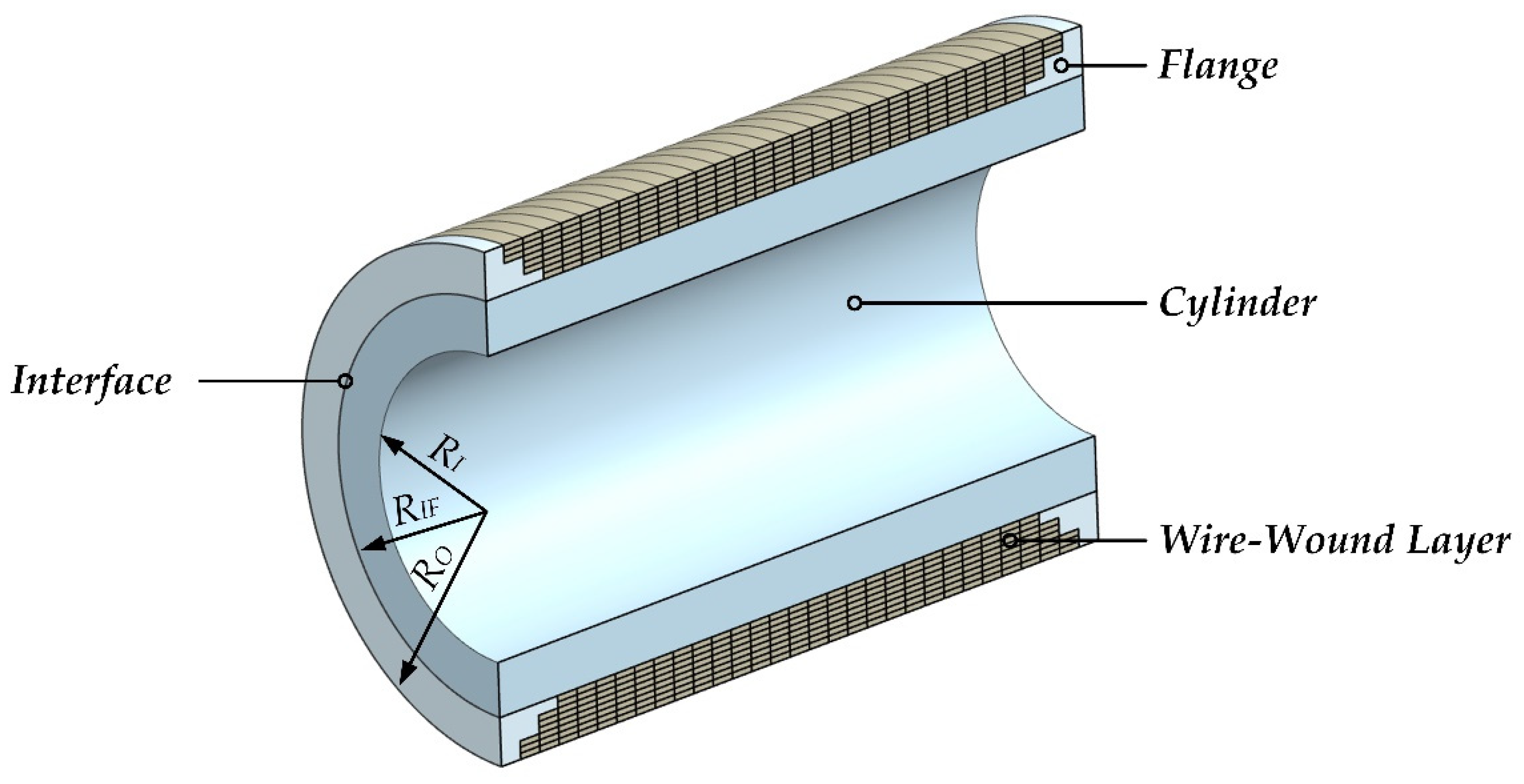
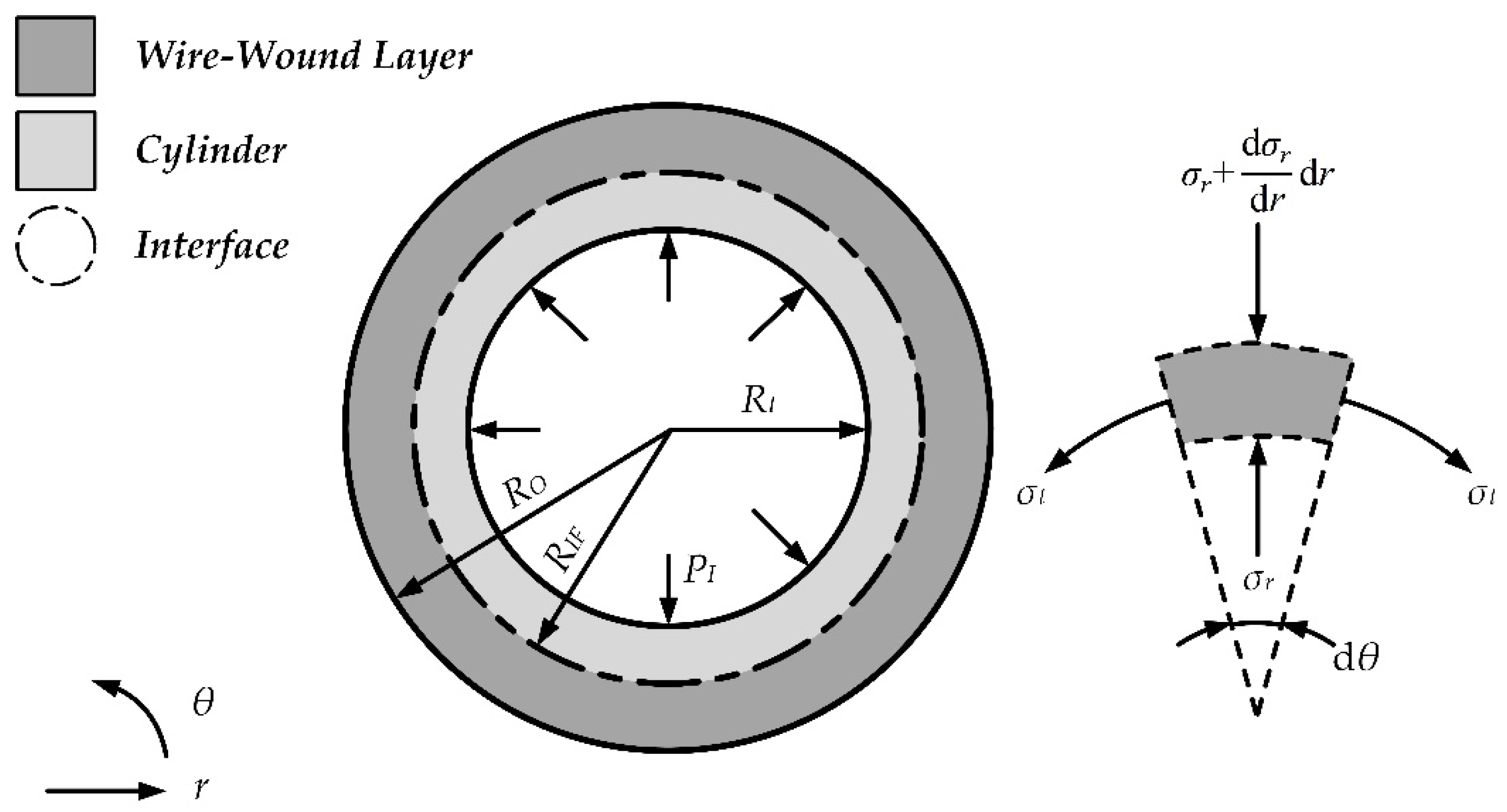

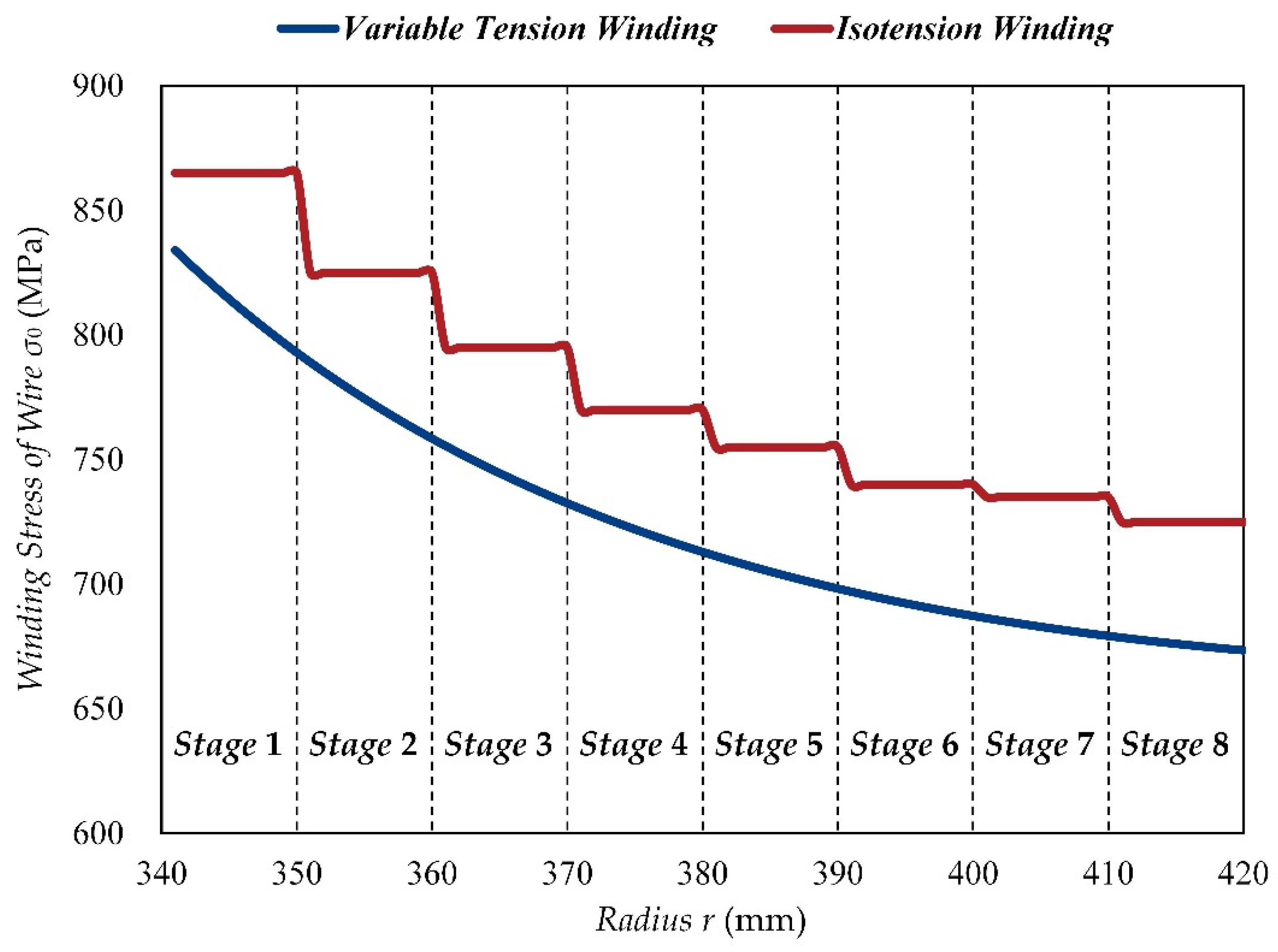
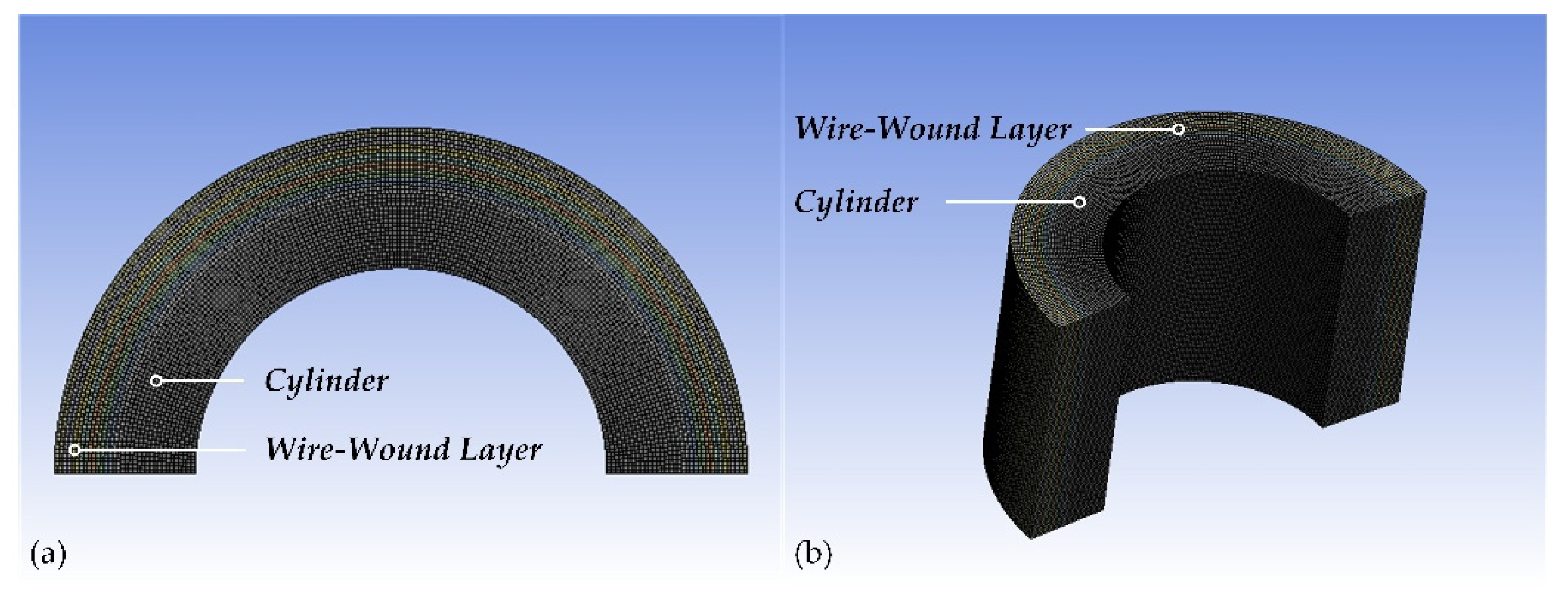
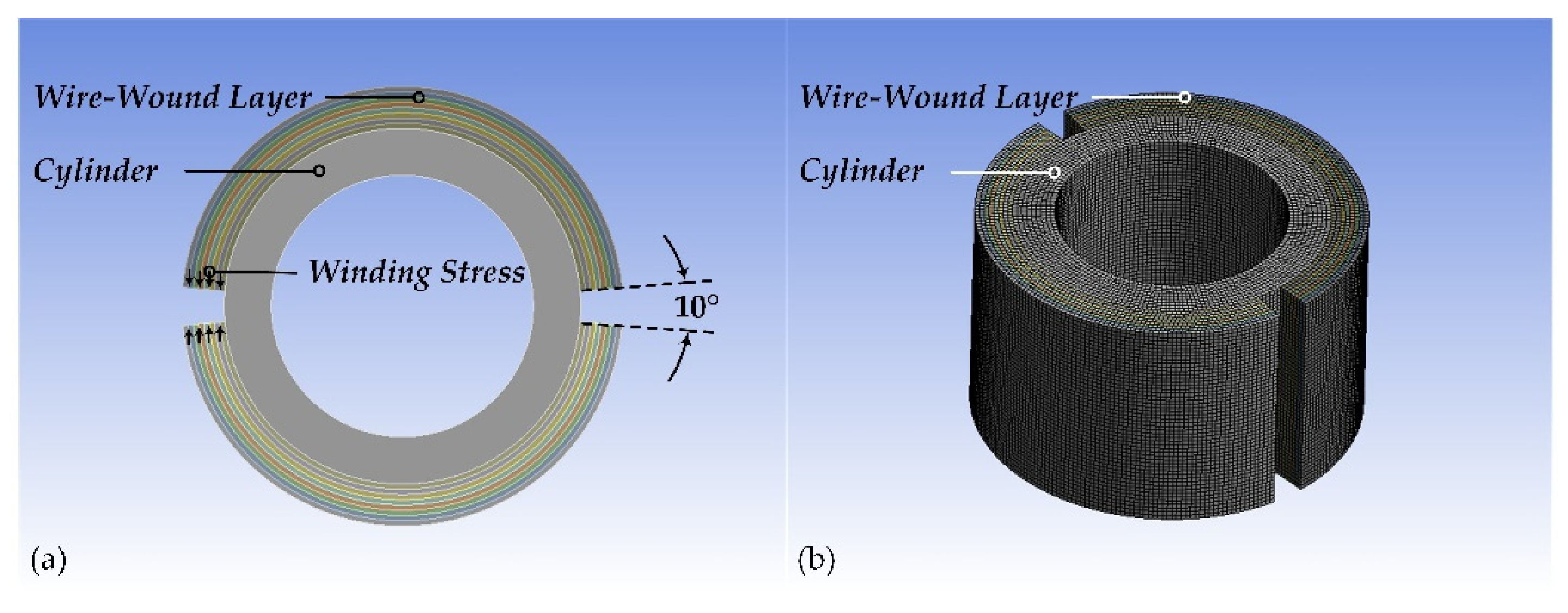

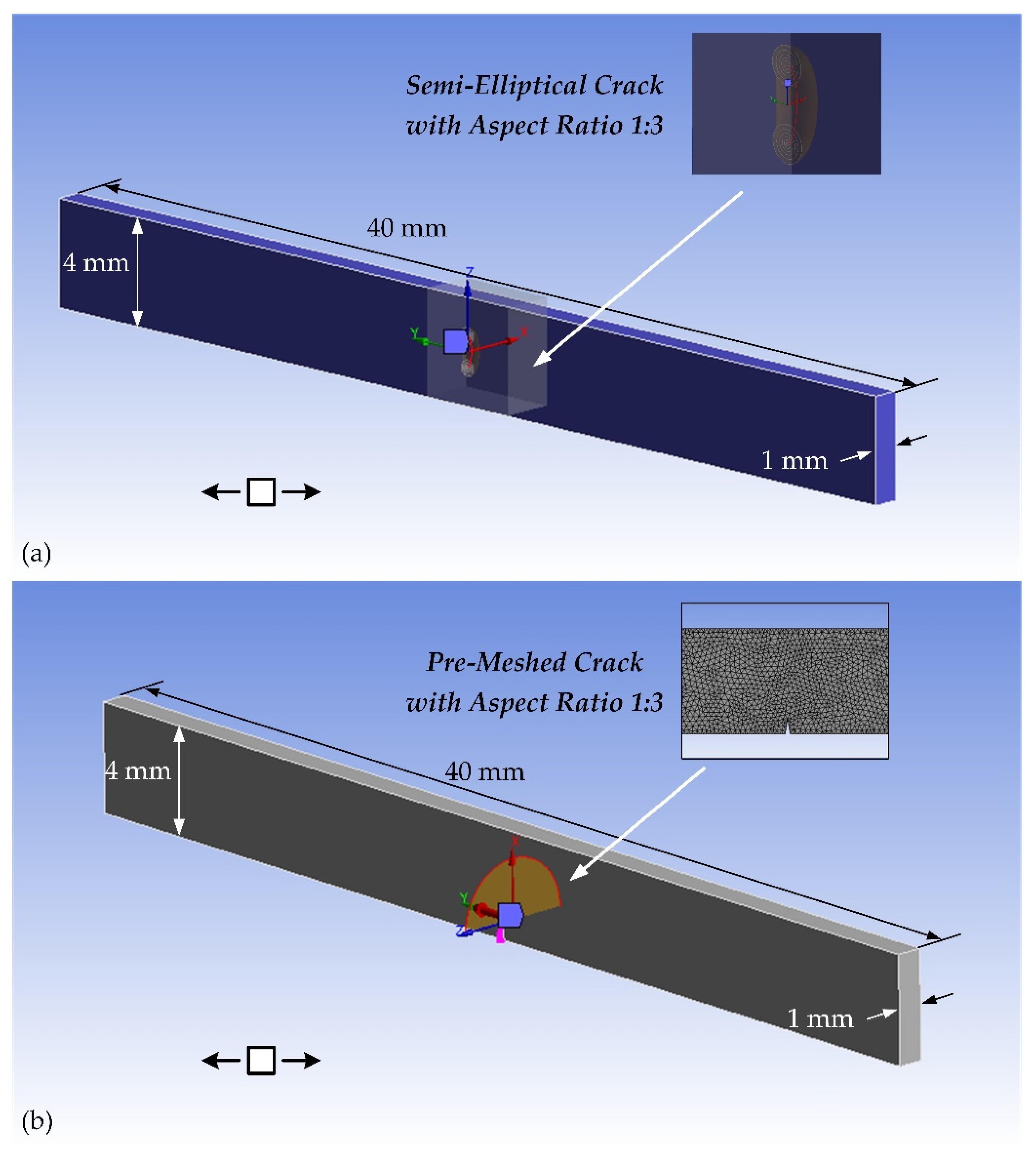
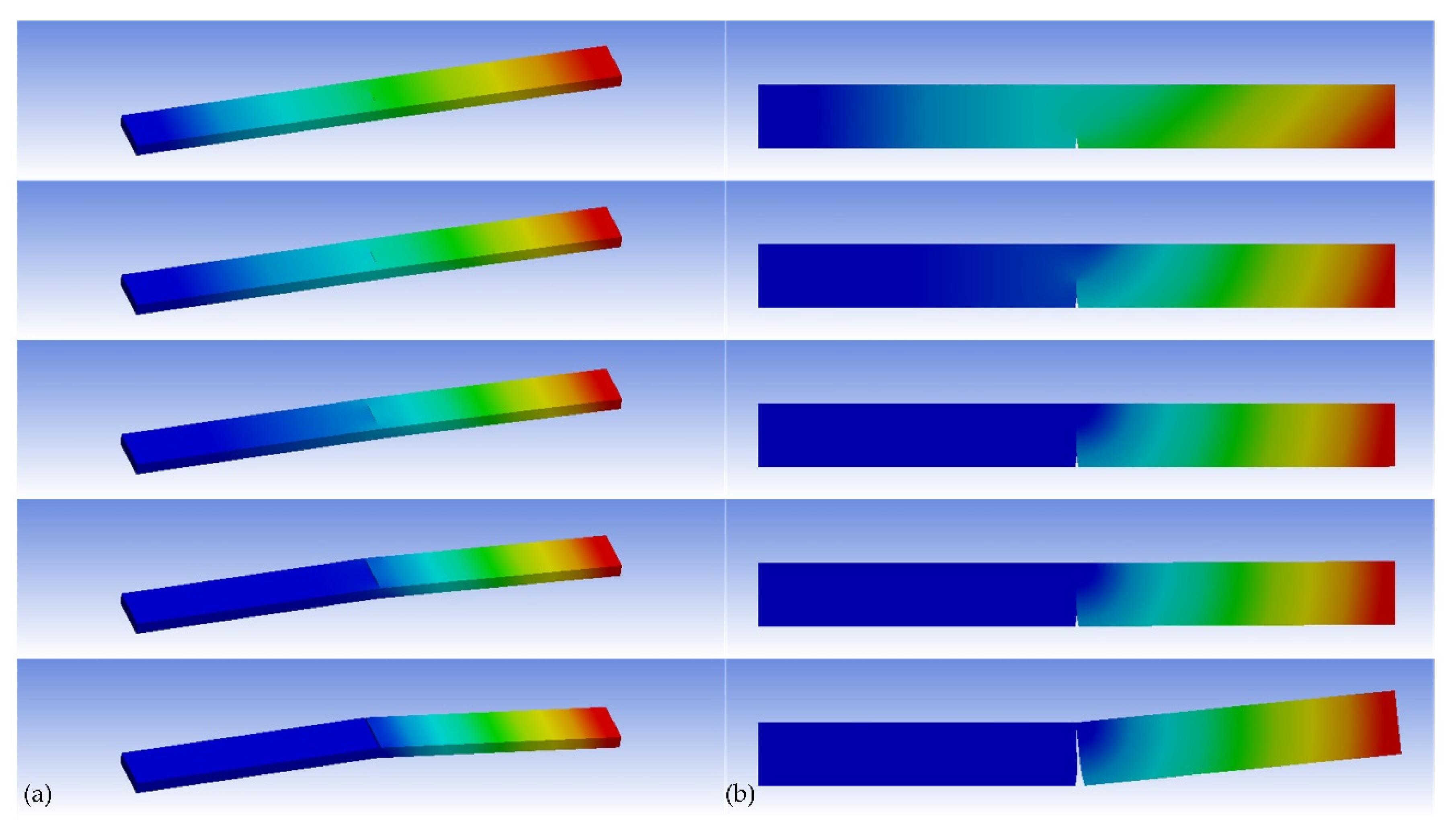

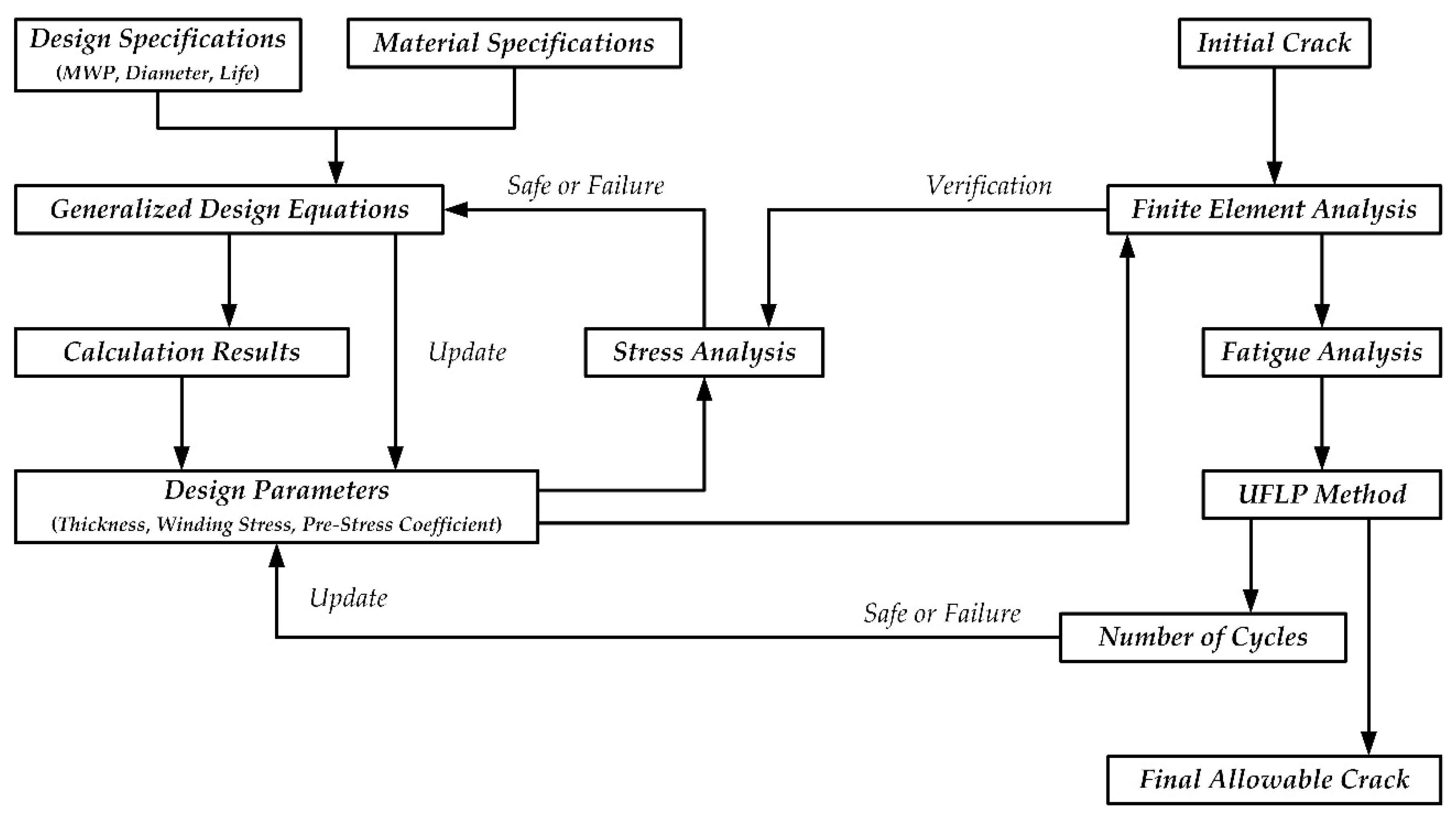
| Materials | Young’s Modulus E | Poisson’s Ratio μ | Tensile Stress σT | Yield Strength σY | Allowable Stress [σ] 1 |
|---|---|---|---|---|---|
| SA-723 Class 2a | 195 GPa | 0.3 | 1000 MPa | 895 MPa | 559 MPa |
| SA-905 Class 2 | 201 GPa | 0.3 | 1770 MPa | 1525 MPa | 953 MPa |
| Dimensions | Numerical Results | Design Values 1 |
|---|---|---|
| Wall-Thickness of The Cylinder δ1 | 104 mm | 90 mm |
| Thickness of The Wire-Wound Layer δ2 | 85.5 mm | 80 mm |
| Total Thickness of The CIP Chamber δ | 190 mm | 170 mm |
| Outer Diameter of The Cylinder DIF | 708 mm | 680 mm |
| Outer Diameter of The CIP Chamber DO | 879 mm | 840 mm |
| Order Number of Stages | Stage 1 | Stage 2 | Stage 3 | Stage 4 | Stage 5 | Stage 6 | Stage 7 | Stage 8 |
|---|---|---|---|---|---|---|---|---|
| Number of Wire Layers | 1~10 | 11~20 | 21~30 | 31~40 | 41~50 | 51~60 | 61~70 | 71~80 |
| Theoretical Values (MPa) 1 | 814.43 | 774.45 | 744.52 | 721.99 | 705.02 | 692.3 | 682.88 | 676.04 |
| Actual Values (MPa) | 865 | 825 | 795 | 770 | 755 | 740 | 735 | 725 |
| Order Number of Stages | Stage 1 | Stage 2 | Stage 3 | Stage 4 | Stage 5 | Stage 6 | Stage 7 | Stage 8 |
|---|---|---|---|---|---|---|---|---|
| Winging Stress (MPa) | 865 | 825 | 795 | 770 | 755 | 740 | 735 | 725 |
| Equivalent Thermal Load (°C) | 43.41 | 41.37 | 39.84 | 38.56 | 37.79 | 37.03 | 36.76 | 36.25 |
| FEA Model | 2D Model | 3D Model |
|---|---|---|
| Element Type | PLANE183 | SOLID186 |
| Element Order | Quadratic | Quadratic |
| Element Size | 5 mm | 10 mm |
| Contact Type | Frictional | Frictional |
| Contact Formulation | Augmented Lagrange | Augmented Lagrange |
| Number of Elements | 3574 (plane strain) 3400 (axisymmetric) | 183,416 |
| Number of Nodes | 12,901 (plane strain) 12,077 (axisymmetric) | 1,051,920 |
| Number of Steps | 2 | 2 |
| Boundary Conditions | Step 1: only thermal loads Step 2: thermal loads and internal pressure | Step 1: only winding stresses Step 2: winding stresses and internal pressure |
| Physical Quantities | Theory | 2D Plane Strain | 2D Axisymmetric | 3D Model | |||
|---|---|---|---|---|---|---|---|
| ANSYS | Error | ANSYS | Error | ANSYS | Error | ||
| −556.68 MPa | −585.23 MPa | 5.13% | −585.66 MPa | 5.21% | −557.63 MPa | 0.17% | |
| 0 MPa | −0.05 MPa | - | 0.06 MPa | - | −0.32 MPa | - | |
| 673.42 MPa | - | - | - | - | 678.64 MPa | 0.78% | |
| 0 MPa | - | - | - | - | 0.04 MPa | - | |
| −38.3 MPa | −40.91 MPa | 6.82% | −41.59 MPa | 8.61% | −39.68 MPa | 3.62% | |
| −250 MPa | −249.98 MPa | 0.01% | −249.98 MPa | 0.01% | −250.05 MPa | 0.02% | |
| 953 MPa | - | - | - | - | 832.05 MPa | 12.69% | |
| 0 MPa | - | - | - | - | −0.09 MPa | - | |
| PIF1 1 | 201.38 MPa | 207.74 MPa | 3.16% | 207.87 MPa | 3.22% | 218.71 MPa | 8.61% |
| PIF2 2 | 73.52 MPa | 73.29 MPa | 0.32% | 73.33 MPa | 0.26% | 75.86 MPa | 3.18% |
| 0.7137 mm | 0.6828 mm | 4.33% | 0.6833 mm | 4.25% | 0.7341 mm | 2.85% | |
| 0.0471 mm | 0.0481 mm | 2.18% | 0.0473 mm | 0.49% | 0.0485 mm | 2.89% | |
| η | 1.0739 | 1.1289 | 5.13% | 1.1298 | 5.21% | 1.0757 | 0.17% |
| A | m | n | p | ΔKth | ΔKth0 | KIC | εf |
|---|---|---|---|---|---|---|---|
| 1.39 × 10−10 | 2.3668 | 6 | 0.0598 | 2.7955 MPa | 3.7972 MPa | 62.0634 MPa | 0.05 |
| Crack Case | Paris Equation | UFLP Method |
|---|---|---|
| Semi-Elliptical Crack | 147,696 cycles | 1,807,125 cycles |
| V-Notch | 17,007 cycles | 20,026 cycles |
Publisher’s Note: MDPI stays neutral with regard to jurisdictional claims in published maps and institutional affiliations. |
© 2022 by the authors. Licensee MDPI, Basel, Switzerland. This article is an open access article distributed under the terms and conditions of the Creative Commons Attribution (CC BY) license (https://creativecommons.org/licenses/by/4.0/).
Share and Cite
Song, W.; Cui, W. Design of a Practical Metal-Made Cold Isostatic Pressing (CIP) Chamber Using Finite Element Analysis. Materials 2022, 15, 3621. https://doi.org/10.3390/ma15103621
Song W, Cui W. Design of a Practical Metal-Made Cold Isostatic Pressing (CIP) Chamber Using Finite Element Analysis. Materials. 2022; 15(10):3621. https://doi.org/10.3390/ma15103621
Chicago/Turabian StyleSong, Wentao, and Weicheng Cui. 2022. "Design of a Practical Metal-Made Cold Isostatic Pressing (CIP) Chamber Using Finite Element Analysis" Materials 15, no. 10: 3621. https://doi.org/10.3390/ma15103621






